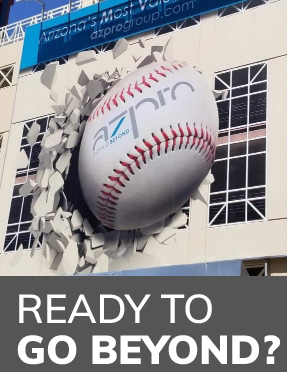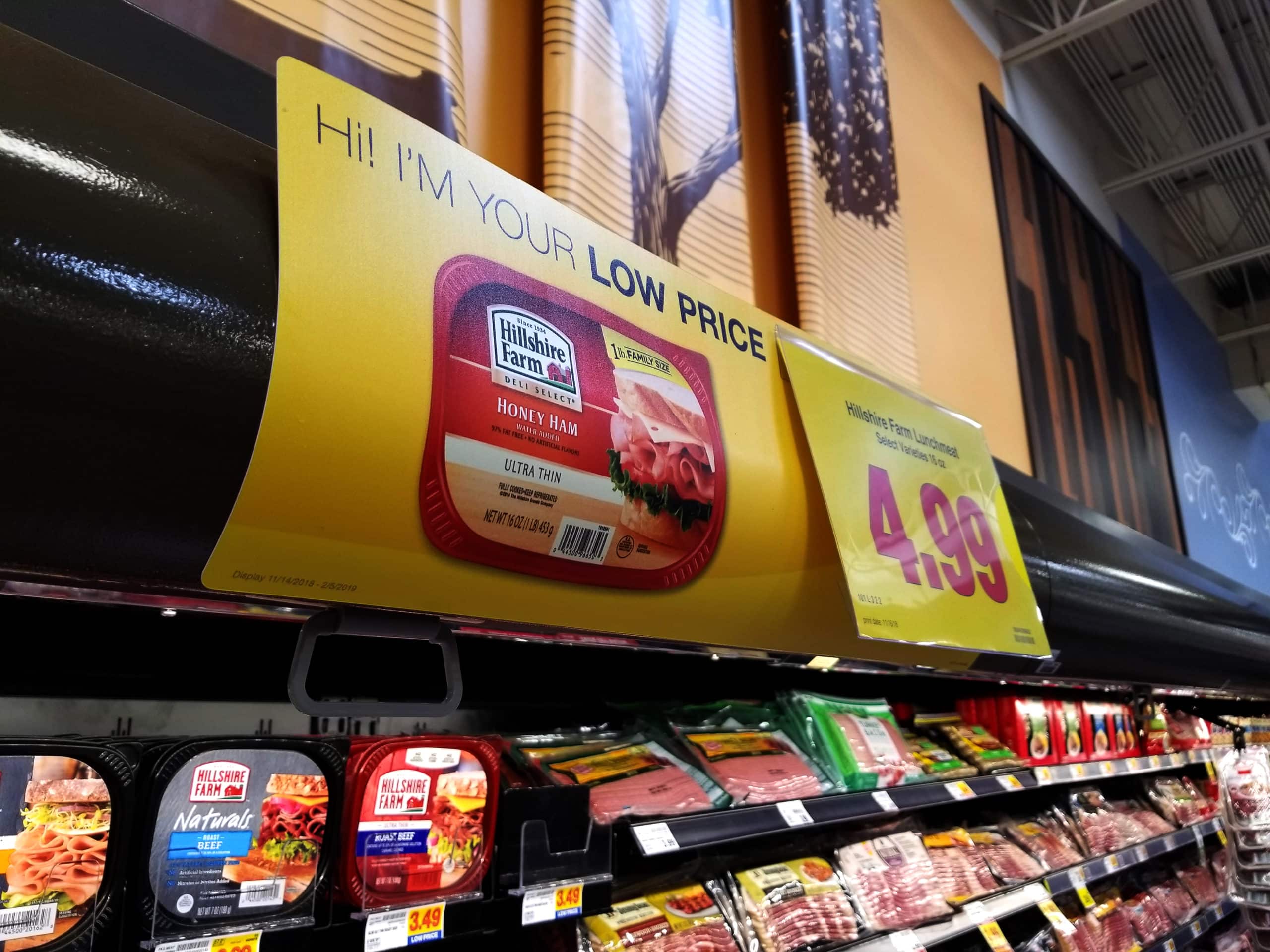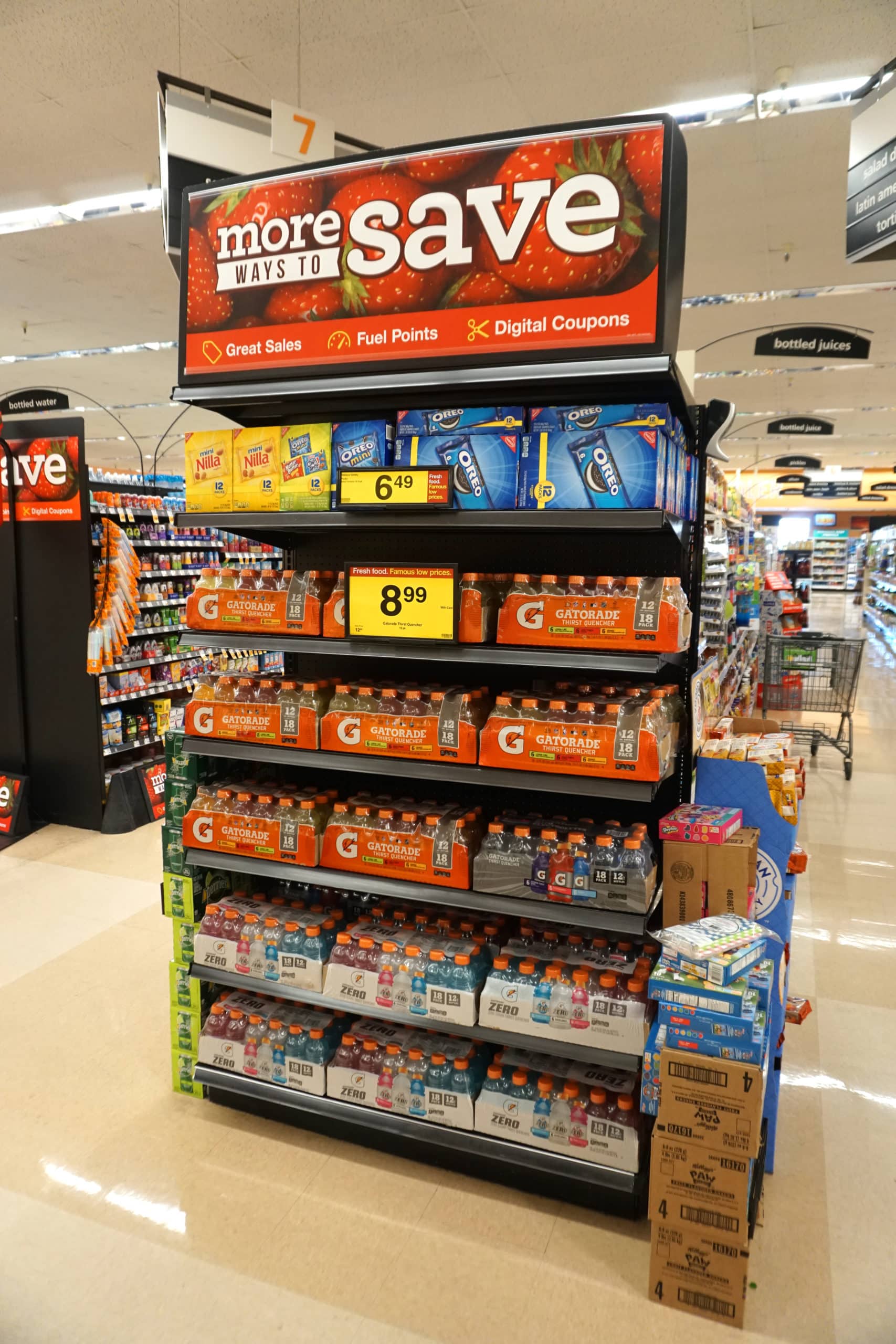Don’t know which type of vehicle wrap is best for your fleet? Choose the option that best suits your marketing needs and budget. You should consider critical factors such as coverage, design, and wrapping material for your vehicles.
What Are The Different Types Of Vehicle Wraps?
Vehicle wraps can be classified by their coverage, including full, half and partial coverage. Different types of vehicle wraps can also be categorized by material, such as metallic, matte, satin and carbon fiber. The various materials and coverage give you a wide range of options to match your fleet branding needs.
Types of Vehicle Wraps by Coverage
The type of coverage your vehicles will have depends on the design and impact you’re aiming for in your marketing strategy. One factor to keep in mind is that the more wrapping material you use, the higher the cost. It’s best to determine which type of coverage will be the most beneficial and cost-effective for your marketing strategy and specific needs.
Full Wrap
Full vehicle wraps provide complete coverage of a vehicle. The only part that they do not reach is the windshield since the wipers will eventually scratch off any material placed on it. As such, the roof won’t be covered in most cases since it will be rarely seen.
The wrapping material covers the hood, rear, sides, and bumpers. If permitted by law in your state, you may also cover your windows using perforated vinyl. Providing coverage for the roof is possible, but it comes at an additional cost.
A full wrap allows for business owners to change their fleet vehicles’ look without having to repaint them. However, full wraps are more expensive compared to other vehicle wraps.
Installing a full wrap on your vehicle is one of the simplest ways to change the exterior look of your vehicle. It also allows you to switch back to the original vehicle colors if necessary.
Half Wrap
As the name suggests, a half wrap is a partial vehicle wrap covering only around 50 percent of the vehicle. Some designs cover the whole back part of the vehicle, while others cover the bottom half of the vehicle, starting from under the windows. This design strategy is less costly, and it allows you to change your desired marketing messages periodically.
Partial Wrap
Partial wraps only cover certain parts of the vehicle, such as the hood, sides and the rear. It provides you with a mix between decals and full wraps, depending on your desired effect. You can choose from half, quarter and three-quarter coverages.
Partial wraps are best suited for designs incorporating the vehicle’s base color. When carefully and properly designed, the transition from the vinyl to the vehicle’s paint becomes almost unnoticeable.
This type of vehicle wrap is recommended if you don’t want to change your vehicle’s color. A partial wrap is also an excellent choice for advertising limited-time promotions and special events.
Types of Vehicle Wraps by Material
Each type of material used in vehicle wraps has advantages and disadvantages, and determining the best option will take your type of vehicle and marketing strategy into account. Some types of vehicle wrap material give your fleet a fresh and unique look, while others are better suited for durability and brand coherence.
Matte Wraps
Matte wraps are an alternative to finishes that emphasize glossy exteriors. They give your vehicles a trendy appearance. A flat matte surface accentuates the contours of any vehicle. If you want to use the curves of your vehicle in the marketing design, then a matte finished wrap is an excellent choice.
Additionally, matte wraps effectively cover scratches on your vehicle so they won’t be noticed as much. Matte-finished wrapping also absorbs more light, enabling it to hide other imperfections on the vehicle’s exterior.
A disadvantage to matte wrap is that it can have a chalky appearance, which is undesirable for some. Another factor is that some colors lack depth in a matte finish. On top of that, smudges, oils and sweat show quickly, requiring frequent cleaning and maintenance.
Metallic Wraps
Metallic wraps are excellent for adding a striking element to your fleet. They pair well with bold designs. If you want to highlight exclusivity in your branding message, metallic wraps can offer the effect.
Included in this type of wrap is a chrome finish, which reflects sunlight protecting your vehicle from high temperatures. This type of vehicle wrap can last more than five years with proper maintenance.
The downside of metallic wraps is that they take longer to apply. They’re heavier and don’t stretch as easily compared to other wrapping materials. Stress lines and air bubbles can appear on poor quality metallic wraps, so choose your vehicle wrapping company carefully.
Satin Wraps
Satin wraps provide some middle ground between matte finishes and glossy metallic wrappings. They are ideal if you’re looking for a matte finish but still want to maintain a slightly polished look to your company vehicles.
Satin wraps give your vehicles a unique glossy aesthetic while emphasizing their contours. As a result, your vehicles get a boost in elegance, which makes them more eye-catching.
The drawback to satin wraps is that they are difficult to maintain. Using silicone and wax-based cleaners can corrode the matte layer of this type of vehicle wrap. They may even cause bloating on some of the surfaces. For this reason, it’s advisable to never use a pressure washer on satin wraps.
Carbon Fiber Wraps
Carbon fiber is often used as an alternative to metallic wraps. The lightweight and durable features make it a versatile option. This material is made from carbon strands woven into a single layer. Manufacturers combine the carbon fiber material with resin or epoxy to make it hard and durable. Once it sets, it has a metal-like surface on your vehicle, creating a protective barrier.
It improves the vehicle’s aesthetics while adding some protection to the exterior. This type of vehicle wrap gives your vehicle a carbon fiber-like finish, which is more affordable than actual carbon fiber. In addition, it protects the vehicle’s body and paint. It’s also easier to clean compared to other types of vehicle wraps.
One caveat with carbon fiber wraps is that bubbles may appear on the wrap’s surface without proper maintenance. Another downside is that people will notice that it’s not real carbon fiber when inspected up close.
Print and Cut Decals
Decals are decorative stickers you can add to your vehicle wrap design. They allow you to add branding details to your vehicles. They’re easy to design and flexible enough to use on different surfaces. Consider them as cost-effective yet durable branding tools you can mix and match with other types of vehicle wraps.
The downside to using decals is that it takes a bit longer to design, print and apply them. They also have some color property limitations as well, such as gradients and other similar effects.
Choose the Right Type of Vehicle Wrap for Your Fleet
Do you need expert advice when choosing the type of vehicle wrap for your fleet? At AZPRO, we have certified experts in G7 color reproduction, and we carry a 3M Matched Components Systems (MCS) warranty. Work with us, and you leverage our extensive experience as we help you select the best type of fleet graphics for your company’s vehicles. Call 866 907 8438 today or fill out this form to get a free quote.



